I’ve always enjoyed taking photographs of monumental architecture. Something about the classic lines, the simple elegance, the play of light and shadow on curves and hard angles at different times of day and in different seasons. Most important, to me, at least, is the immutability, the timelessness of the truly great structures. The Egyptian Pyramids have stood for 4,500 years; Stonehenge, almost as long. The Mayan cities in the Yucatan are more than 1,000 years old, and while it’s taken enormous effort to reclaim them from encroaching jungle, they are glorious. All around the world, there are exceptional sites such as these; structures that have challenged the ravages of time, some restored, maintained, while others slowly crumble into ruin. What they have in common, almost without exception, is stone, the one and only building material with any hope of permanence when measured against the span of human civilization.
When I come across monuments in my travels, I go a little overboard, since I’ve always considered that type of photography one of my specialties. And it’s important to note that not all of the monuments I’ve photographed are ancient. Our modern society produces some truly remarkable structures, some that are utilitarian, like the great dams and bridges, while others are monuments in the purest sense, with no function other than to be admired, as reminders of some great historical figure, or in commemoration of an event, whether a triumph, or a tragedy. In the United States, the finest examples of monumental architecture can all be found in one city: Washington, D.C..
I had the privilege of living in Washington for the best part of eight years, and during those years, I took thousands of photographs of the city’s monuments. If you do any one thing often enough, you tend to get reasonably good at it, and I like to think I got pretty good at capturing the essence of the many iconic structures located in and around our nation’s capital. The biggest problem that I had, apart from occasionally uncooperative weather, was the crowds. The District of Columbia is one of the most popular destinations for tourists in all of North America, and as a result, it’s almost impossible to capture images of the National Mall and surrounding area that don’t have thousands of people in them. In some situations, that’s okay, but in others, not so much.
I came up with a great fix for that people problem, and I’m going to share it with you here. It’s very simple, although it won’t work for everyone, because there are several things that you’ll need. First and most important, you have to be in Washington on the weekend, a Saturday or Sunday morning. That’s obviously not a problem for locals, but vacationers who might want to try this will need to time their visit accordingly, and hope for a clear day. Next, you’ll need a car, and a rudimentary knowledge of how to navigate the maze of one-way streets in downtown D.C. (Study a map for orientation, and at the very least, know how to use your GPS!) Finally: you need a willingness to get up and get moving long before breakfast!
I called my early morning routine the “Dawn Patrol.” Each weekend I’d focus on a different target: the Lincoln Memorial, the White House, the U.S. Capitol, and I’d photograph each of those structures from every conceivable angle, before, during, and after the golden hour of the sunrise. Why is the weekend so important? Because, grasshopper, on weekend mornings, there are no commuters, so there is no traffic to speak of on the maze of one-way streets, and none of the cars that normally line the side of every road, occupying every metered parking space. The National Mall is not a neighborhood where people live (with one or two notable exceptions ;-), so you don’t see the usual early-risers puttering about or walking their dogs. At most, one or two hard-core joggers training for their next marathon, but the vast majority of the fitness aficionados don’t show until later, after the sun has risen high enough to chase the night time shadows back to Anacostia.
Parking, essentially impossible during the week, is all but limitless on weekend mornings, so you’ll be free to pull up close to your target and wander at will. The morning I shot the Capitol, there were two Capitol Policemen hanging around the front steps, but not another soul in sight. At the White House, there were guards, obviously, but it was surprisingly low key. (This was during the Obama administration). It was such a quiet, peaceful morning, I almost expected the First Family to step out through the French doors to have their breakfast on the upstairs balcony! I’ve no doubt that security is tighter today than in years past, so you may not get as close to some locations (such as the White House). Use a telephoto lens if you’d like to get closer, but be aware that a very large lens, of the sort that requires a tripod, might attract unhealthy attention if you point it toward the snipers on the roof. (Just sayin’.)
Remember that you’ll want to get on the road while it’s still full dark, because you’ll want to be parked at your destination, and ready to get started as early as possible. The sky behind the Capitol lightens first, and the buildings facing in that direction start to glow the moment the sun crests the top of the Capitol dome. If you’re not familiar with the area, be aware of your surroundings, and be careful. Work with a partner if possible, and take the same sensible precautions that you would in any other big city. (It’s best to remember that the National Mall is not an amusement park!) The golden hour is just that. The good light lasts about an hour, so use it wisely!
The posts in this short series will focus on photography. An insider’s look at the monuments of Washington D.C., with some darned nice photographs, and easy tips that will help you come away with some great shots of your own.
Click any photo in the slide show below to display the images full screen, with captions.
(Unless otherwise noted, all of the images in these posts are my original work, and are protected by copyright. They may not be duplicated for commercial purposes.)
READ MORE LIKE THIS:
This is an interactive Table of Contents. Click the pictures to open the pages.
Washington D.C. for Photographers
Each weekend I’d focus on a different monument, and I’d shoot them from every conceivable angle, before, during, and after the golden hour of the sunrise. Why the weekend? Because, grasshopper, on weekend mornings, there are no commuters, so there is no traffic, no parked cars, no people in the way of your photo shoot!
<<CLICK to Read More!>>
The slightly elevated position of the Lincoln Memorial gives photographers a clear line of sight from every vantage point, with a multitude of options for interesting compositions. But if you want the very best light, and the smallest crowds, you're going to have to get out there at sunrise!
<<CLICK to Read More!>>
As a subject for photographers, the Jefferson has it all: columns and curves, sculpture, carved inscriptions, a dome! The Tidal Basin serves as a reflecting pool, and, for a couple of weeks every spring, the whole business is surrounded by flowering cherry trees.
<<CLICK to Read More!>>
There's nothing like a good road trip. Whether you're flying solo or with your family, on a motorcycle or in an RV, across your state or across the country, the important thing is that you're out there, away from your town, your work, your routine, meeting new people, seeing new sights, building the best kind of memories while living your life to the fullest.
Are you a veteran road tripper who loves grand vistas, or someone who's never done it, but would love to try? Either way, you should consider making the Southwestern U.S. the scene of your own next adventure.
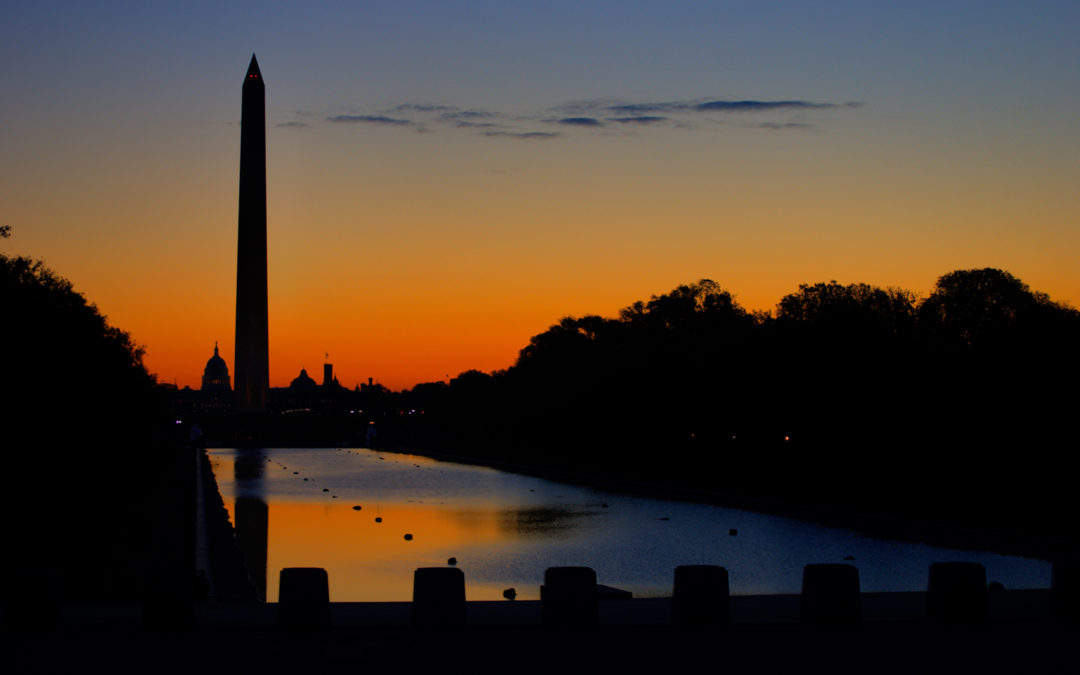
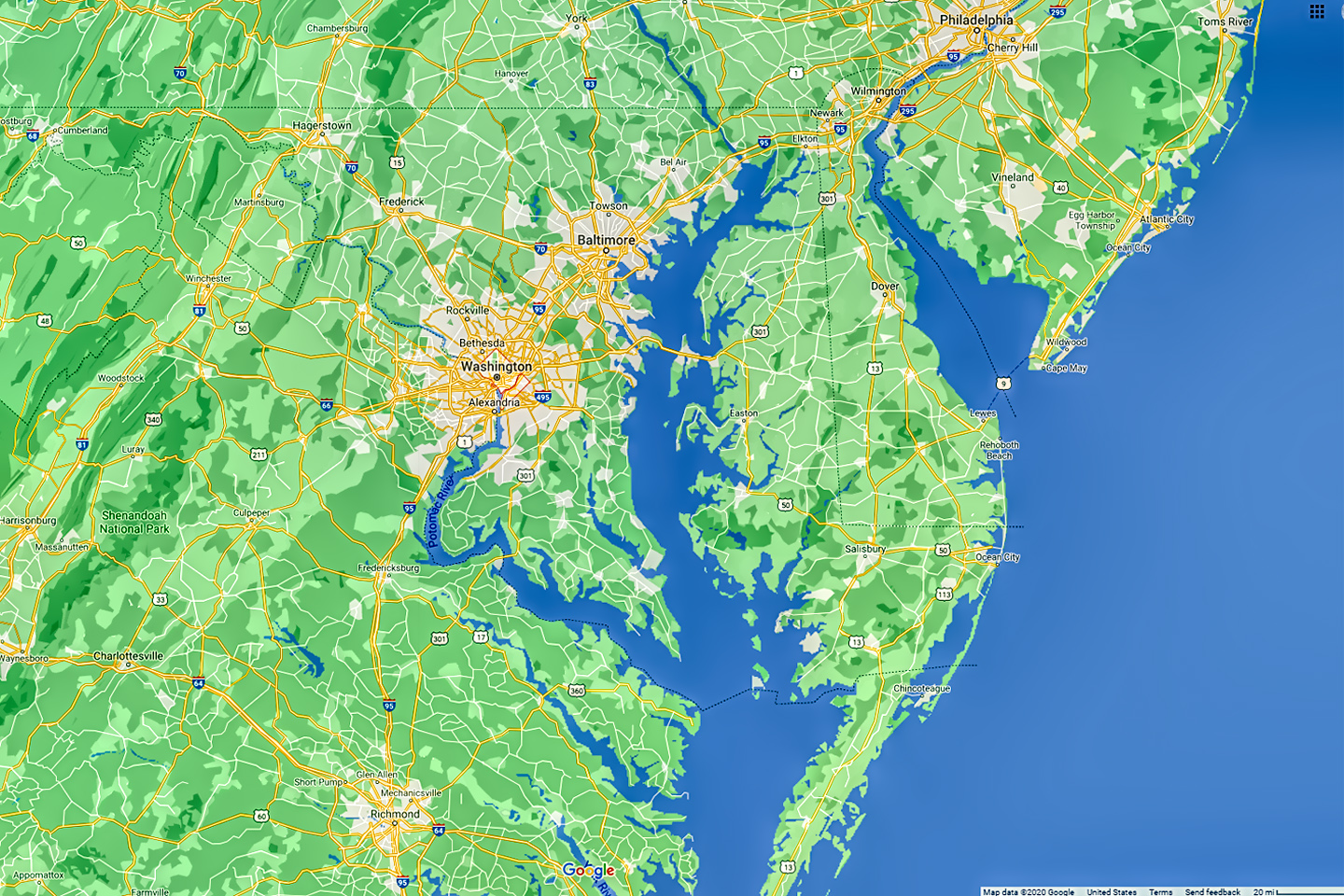
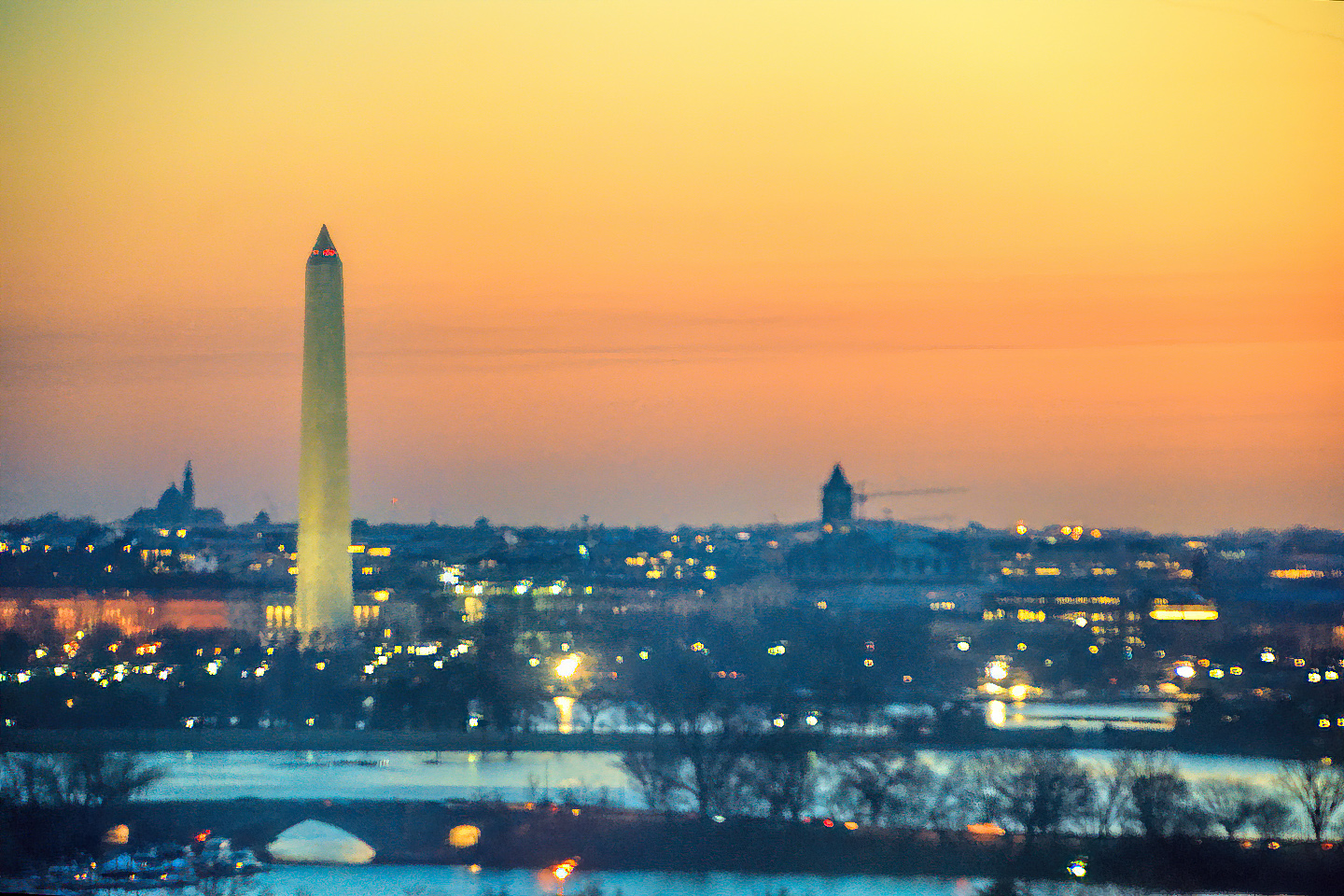
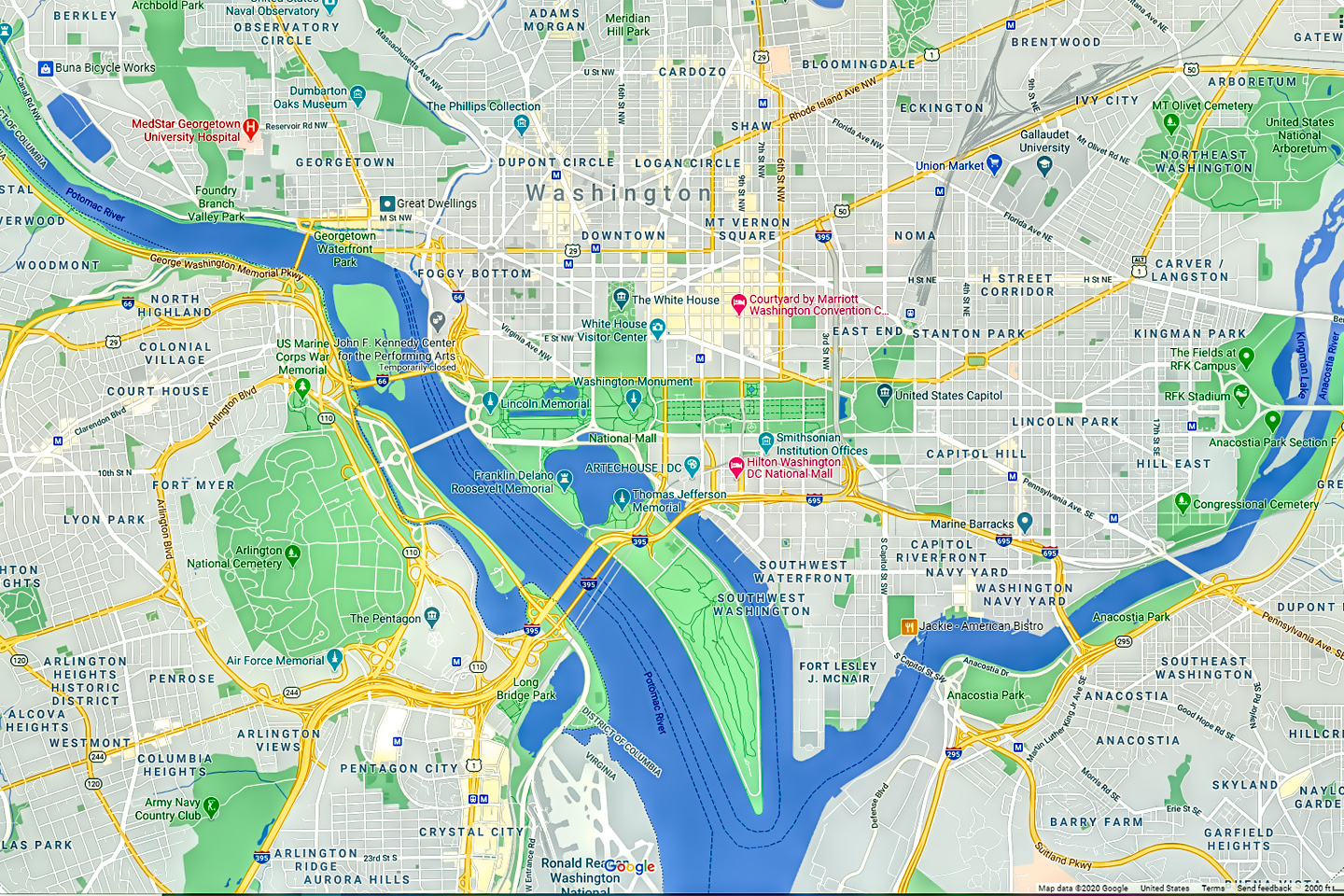
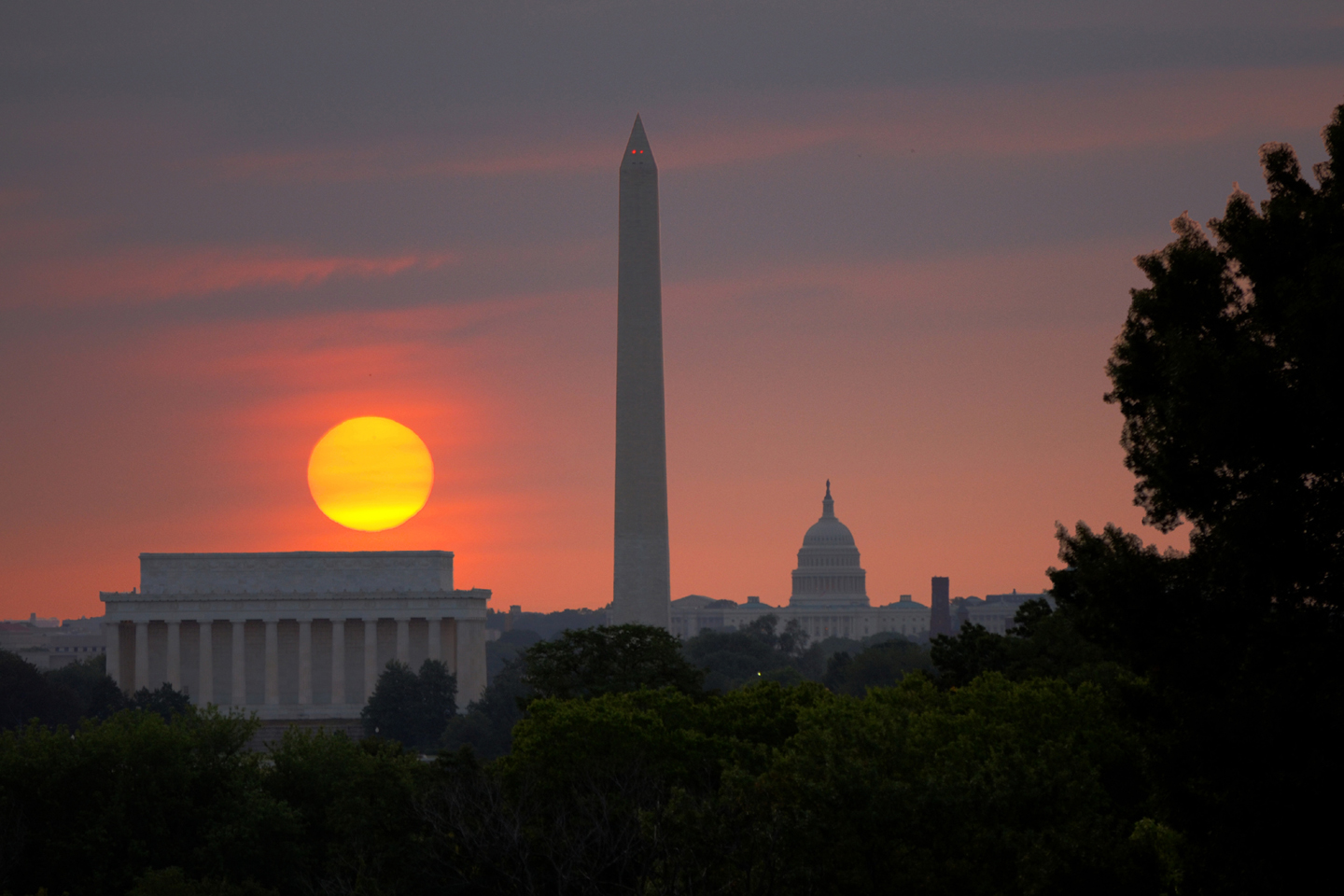
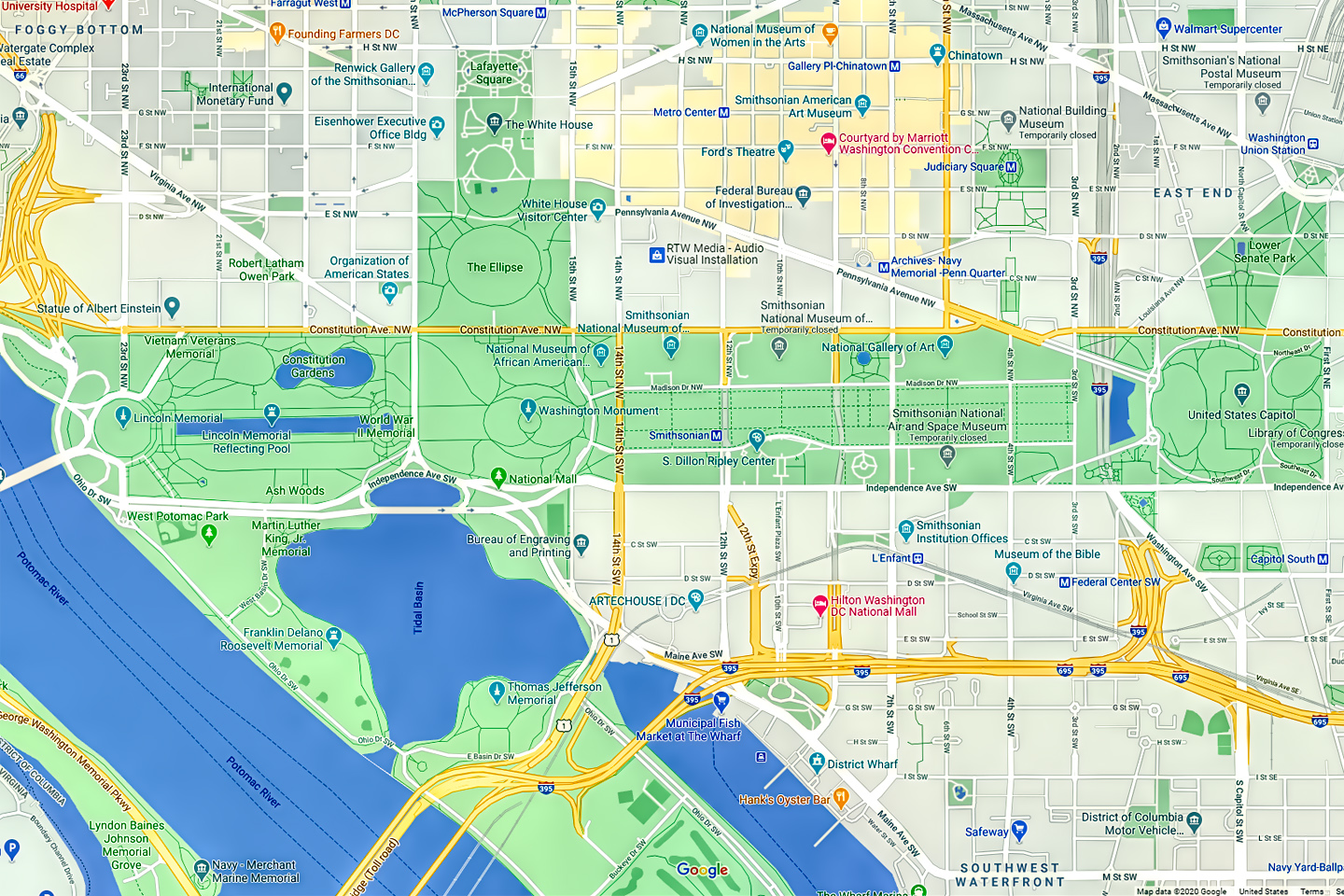
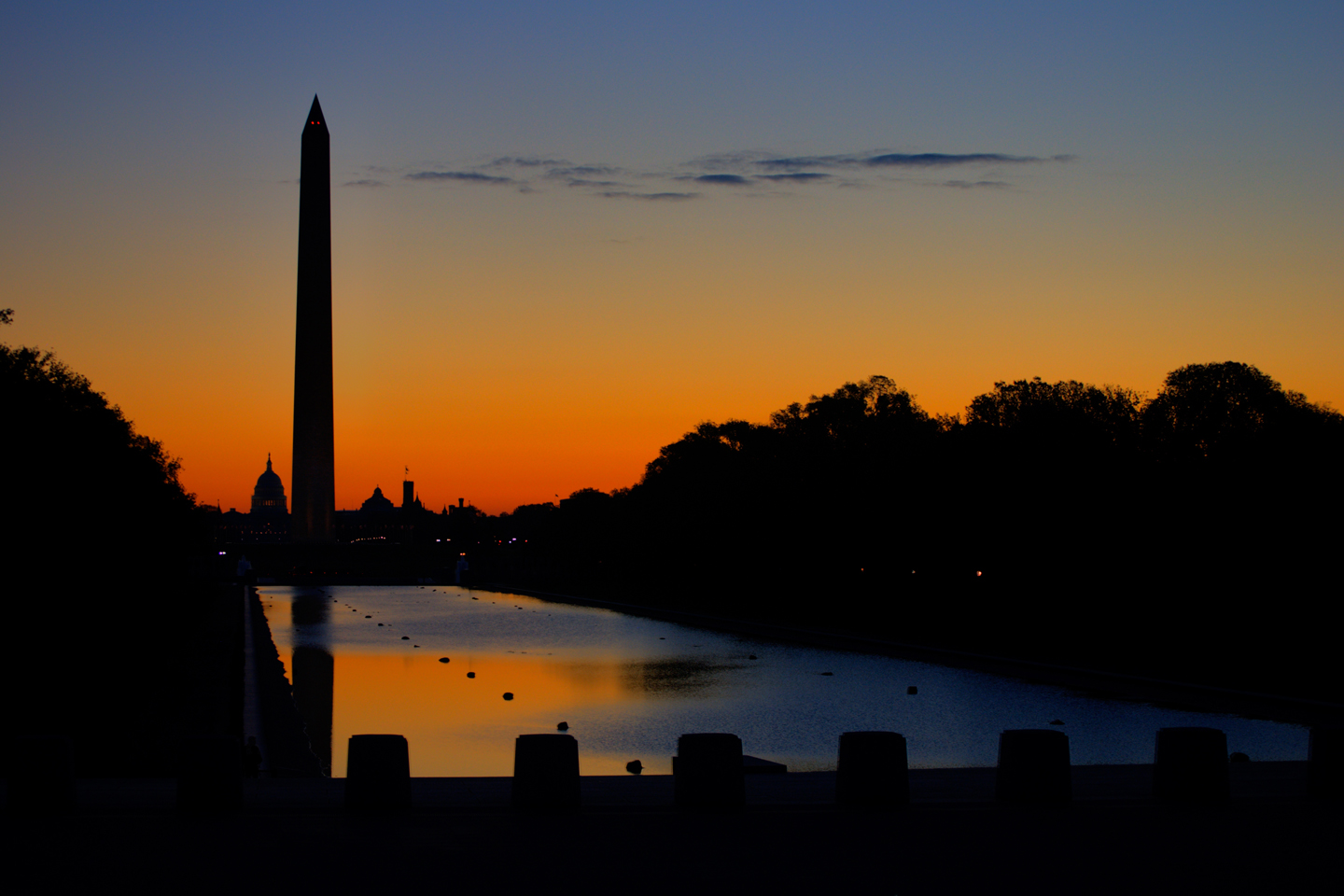
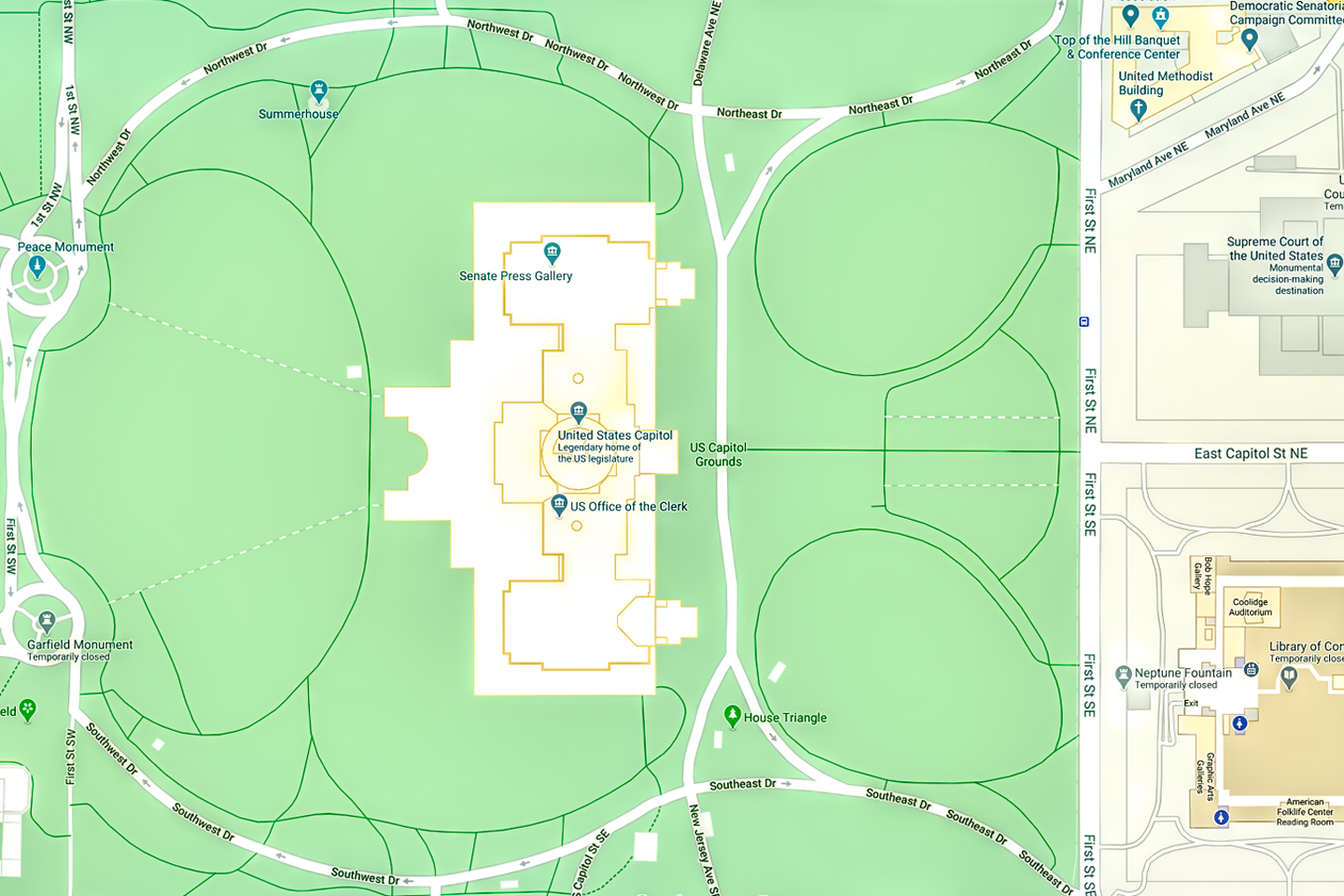
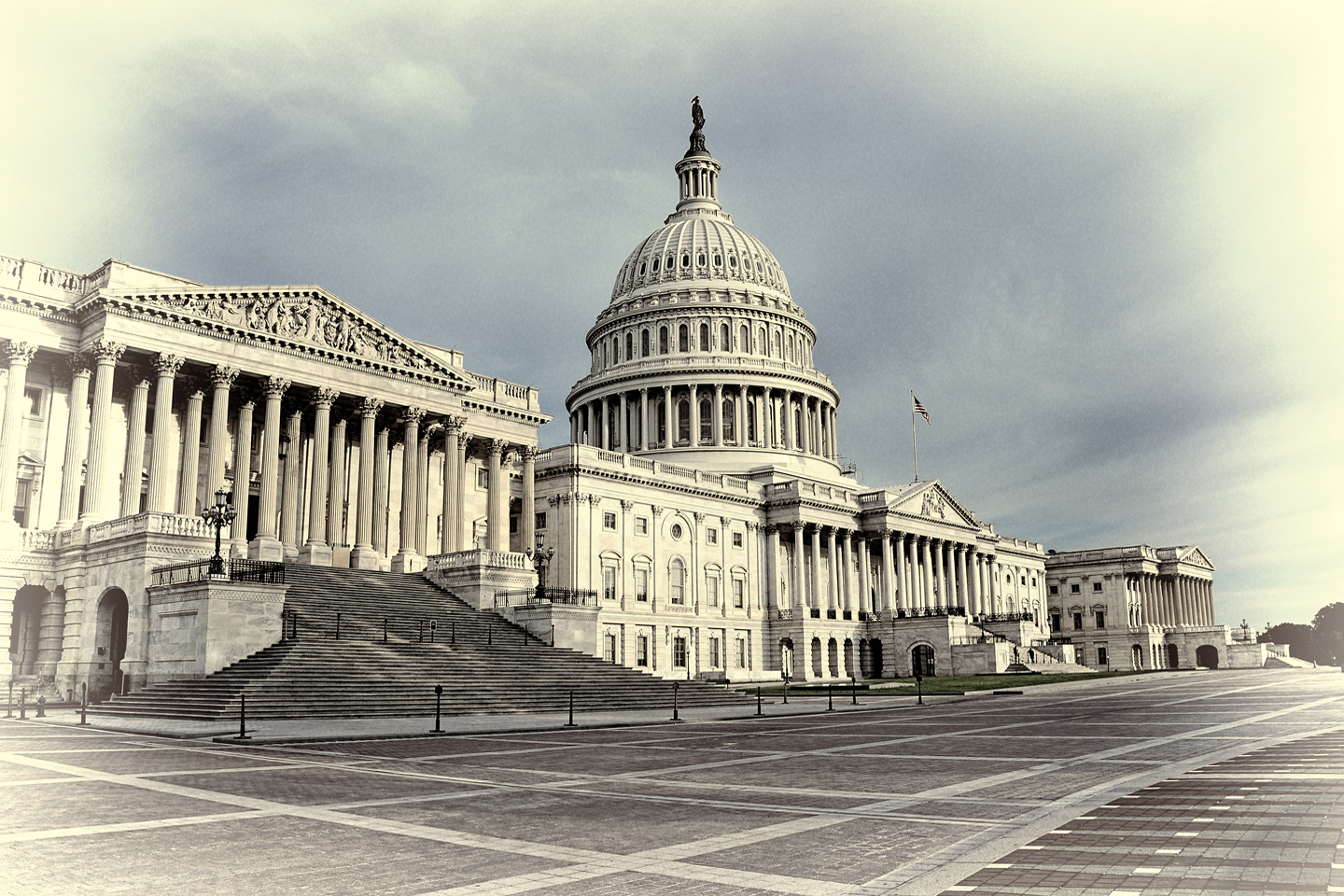
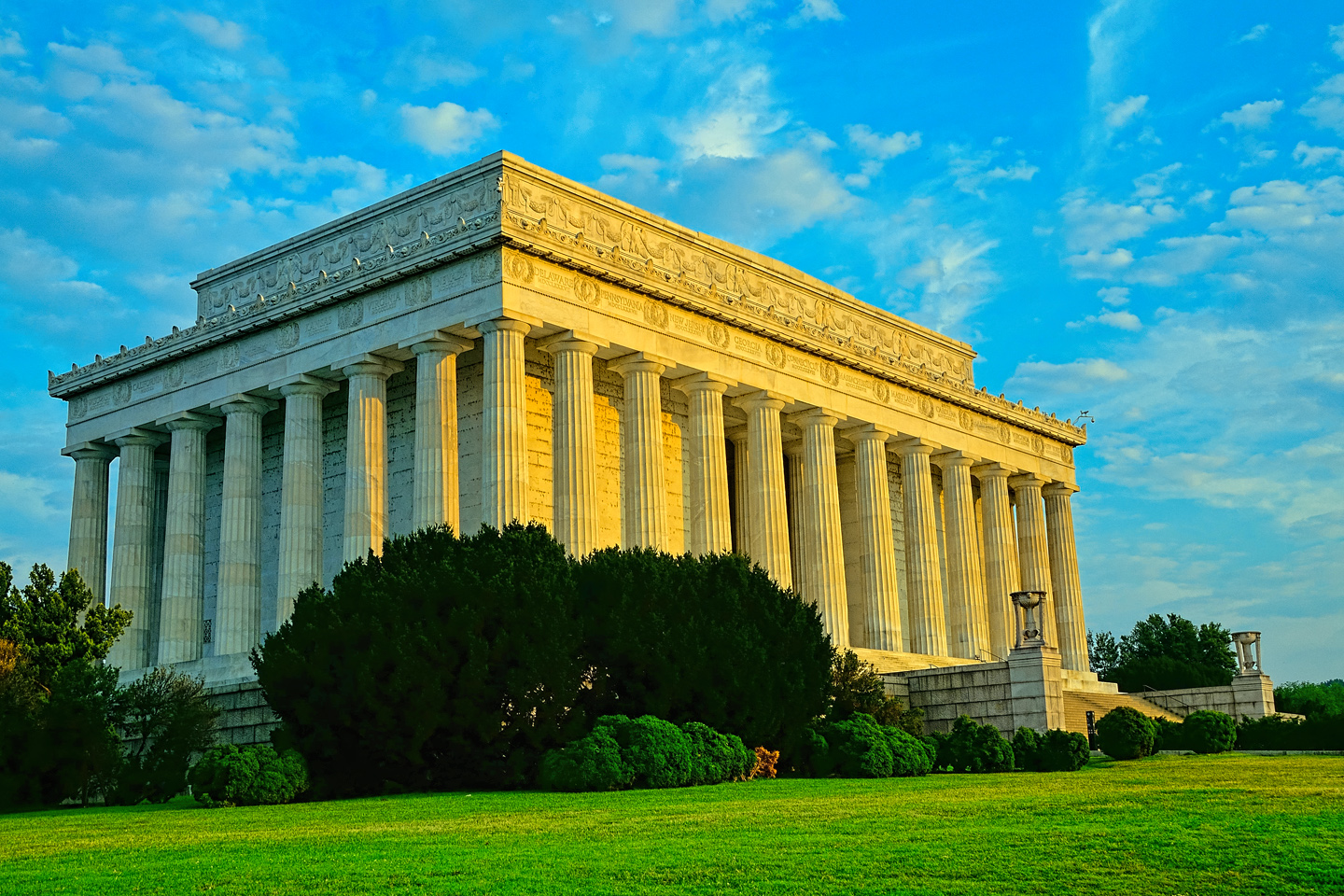
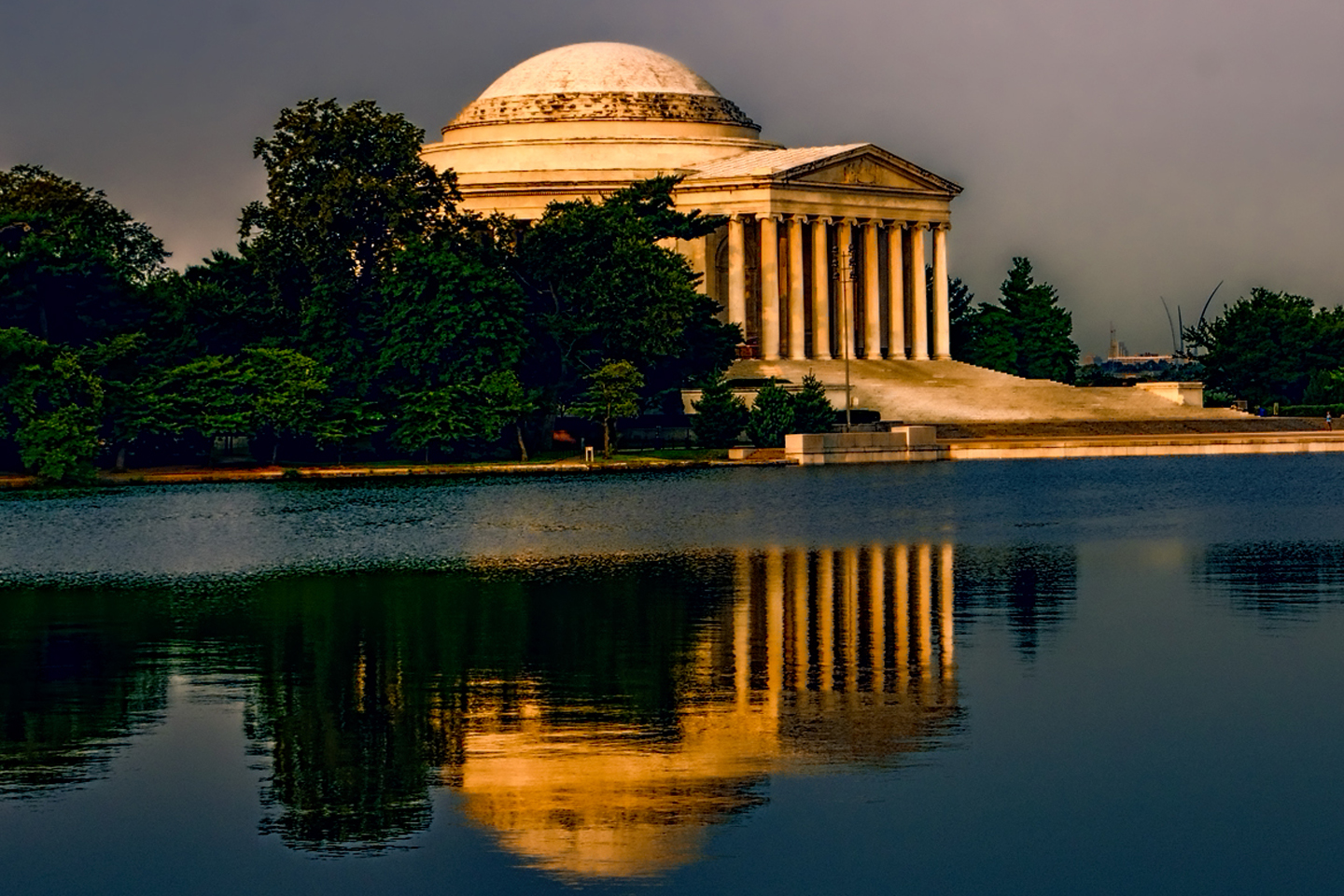
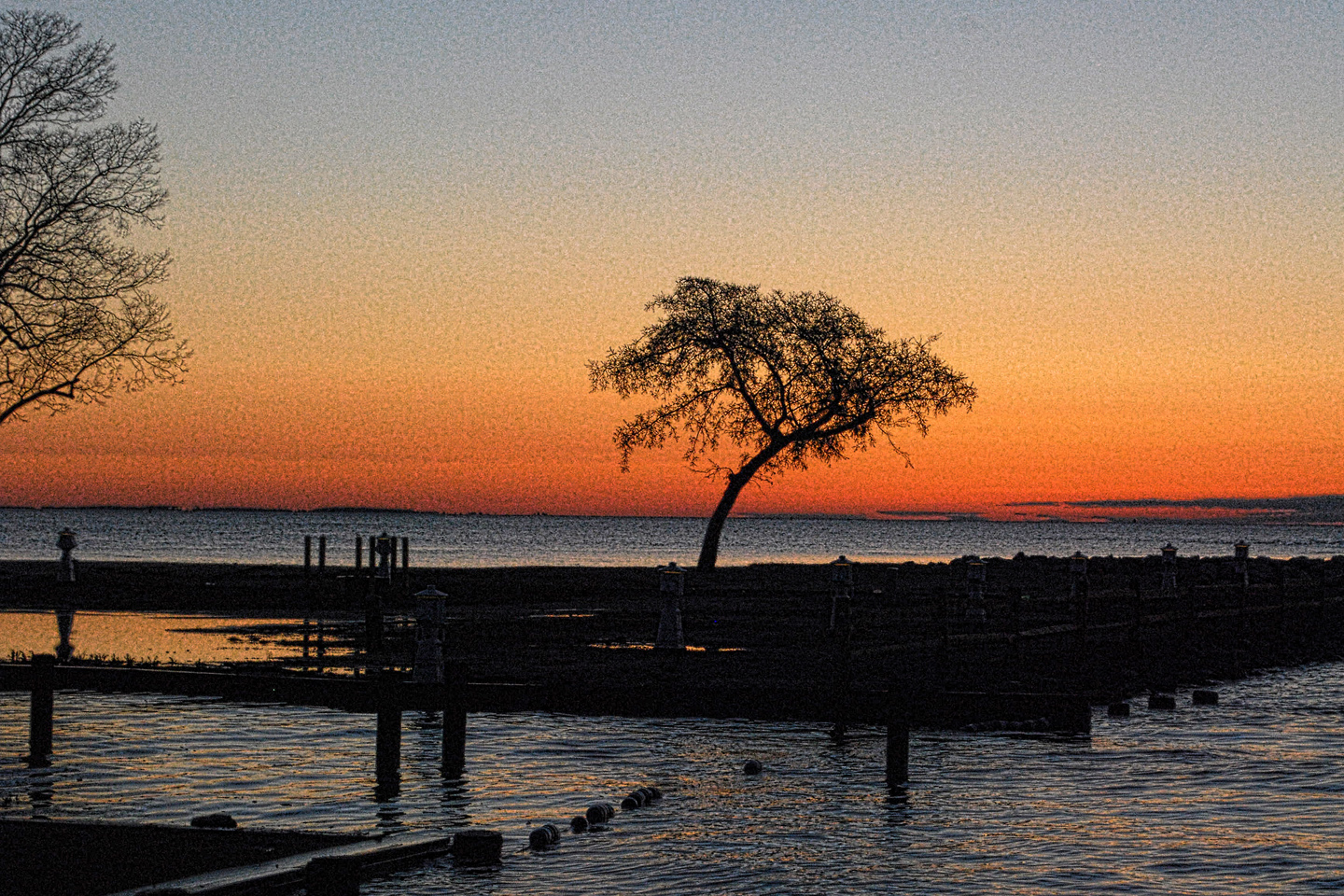
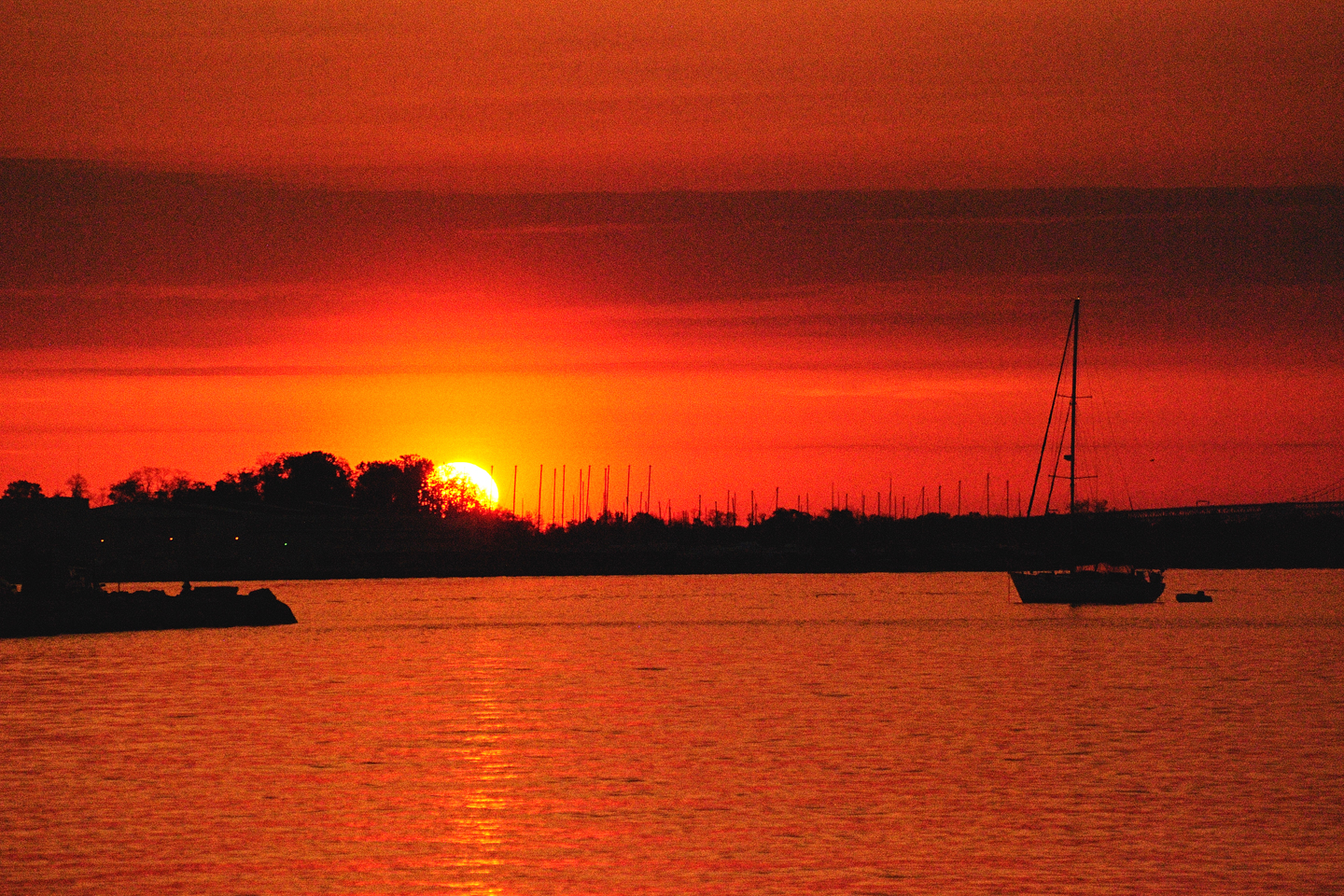
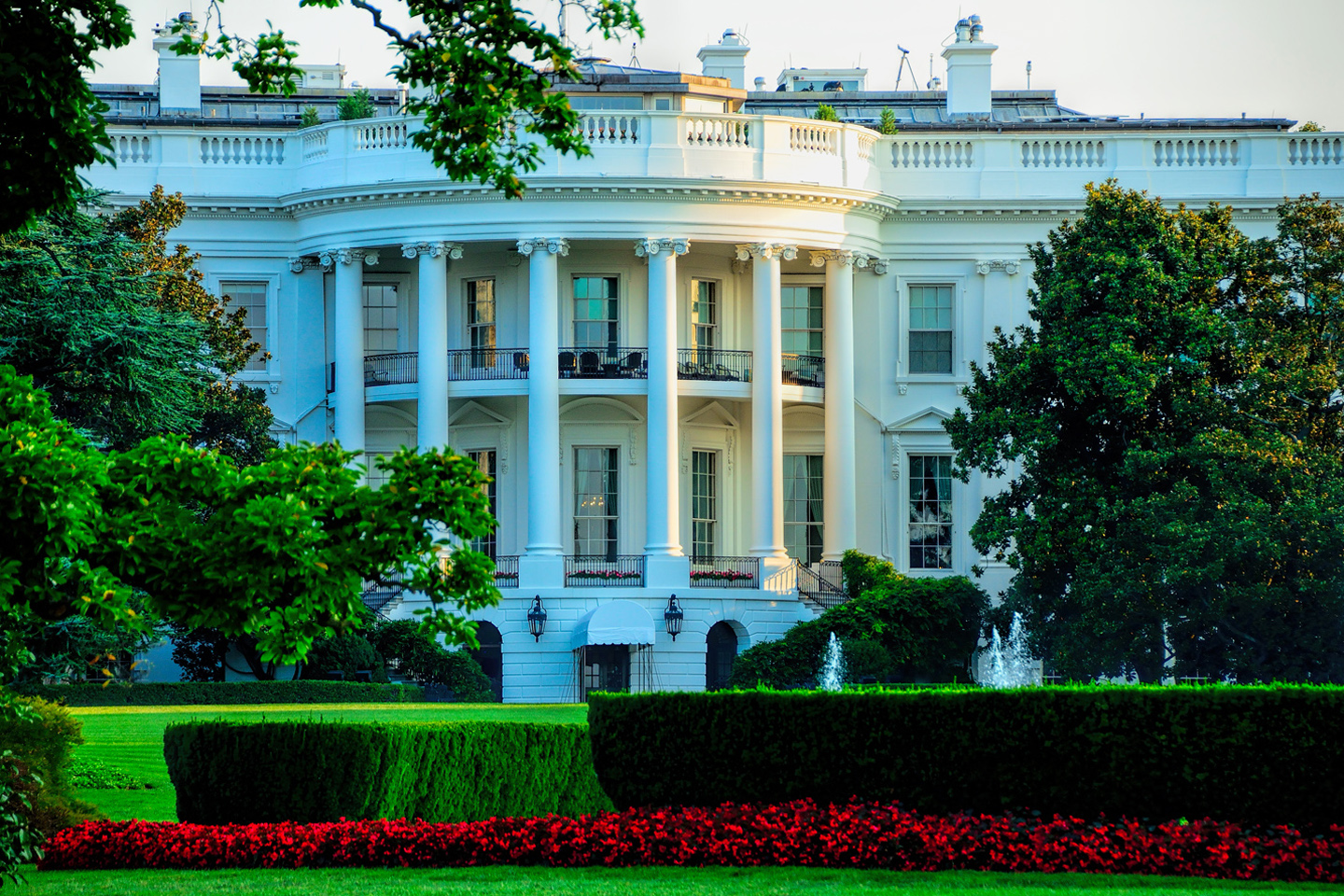
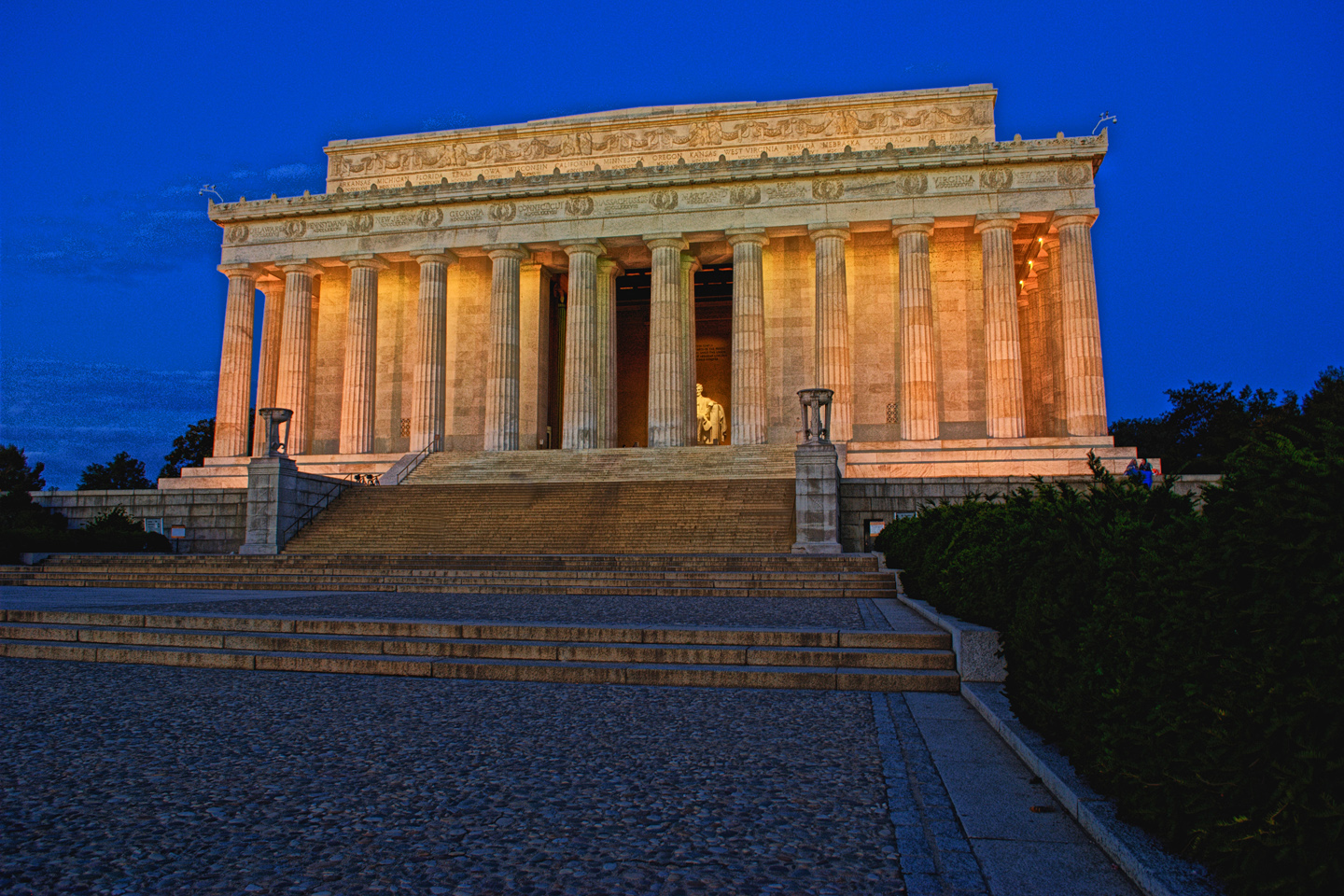
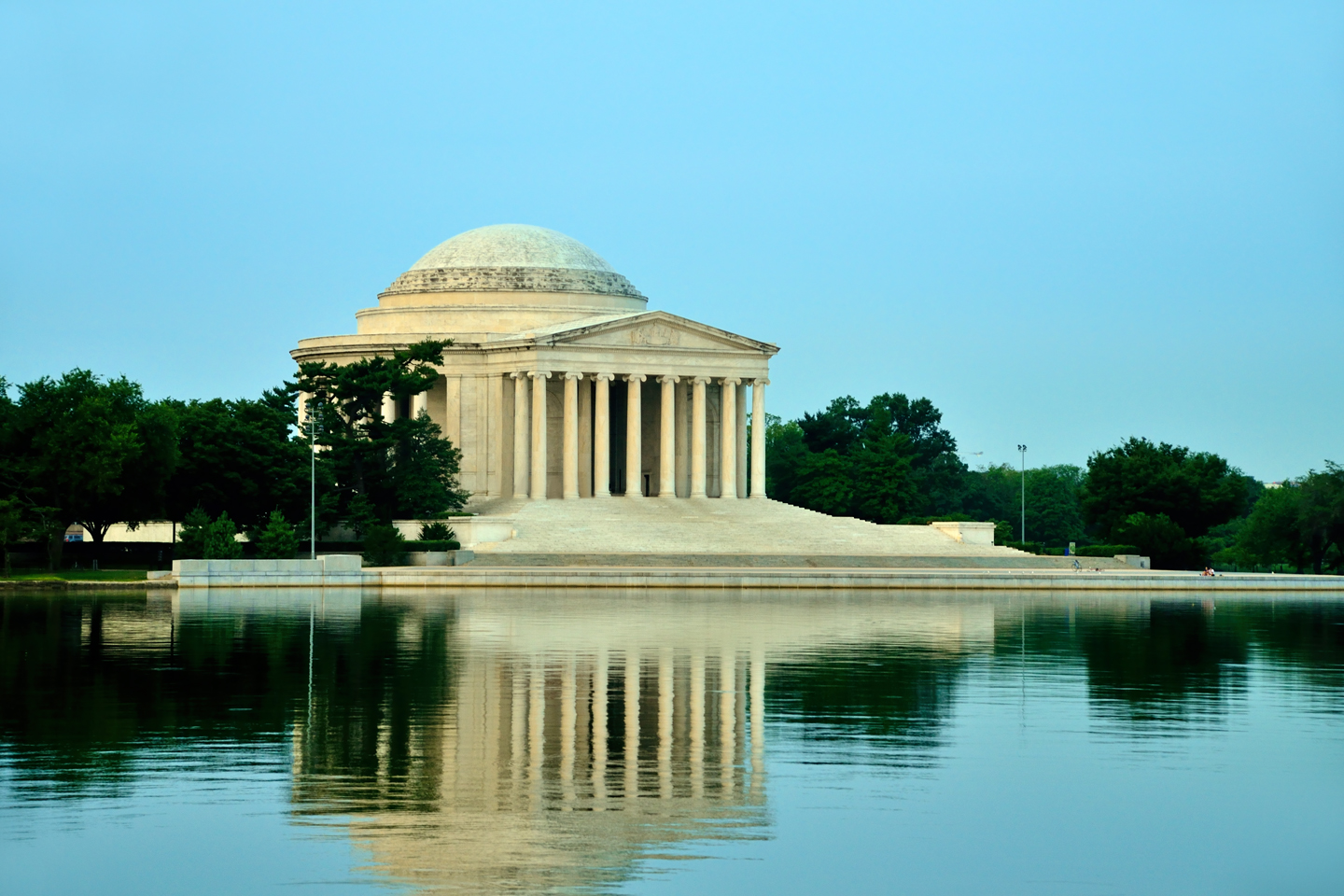
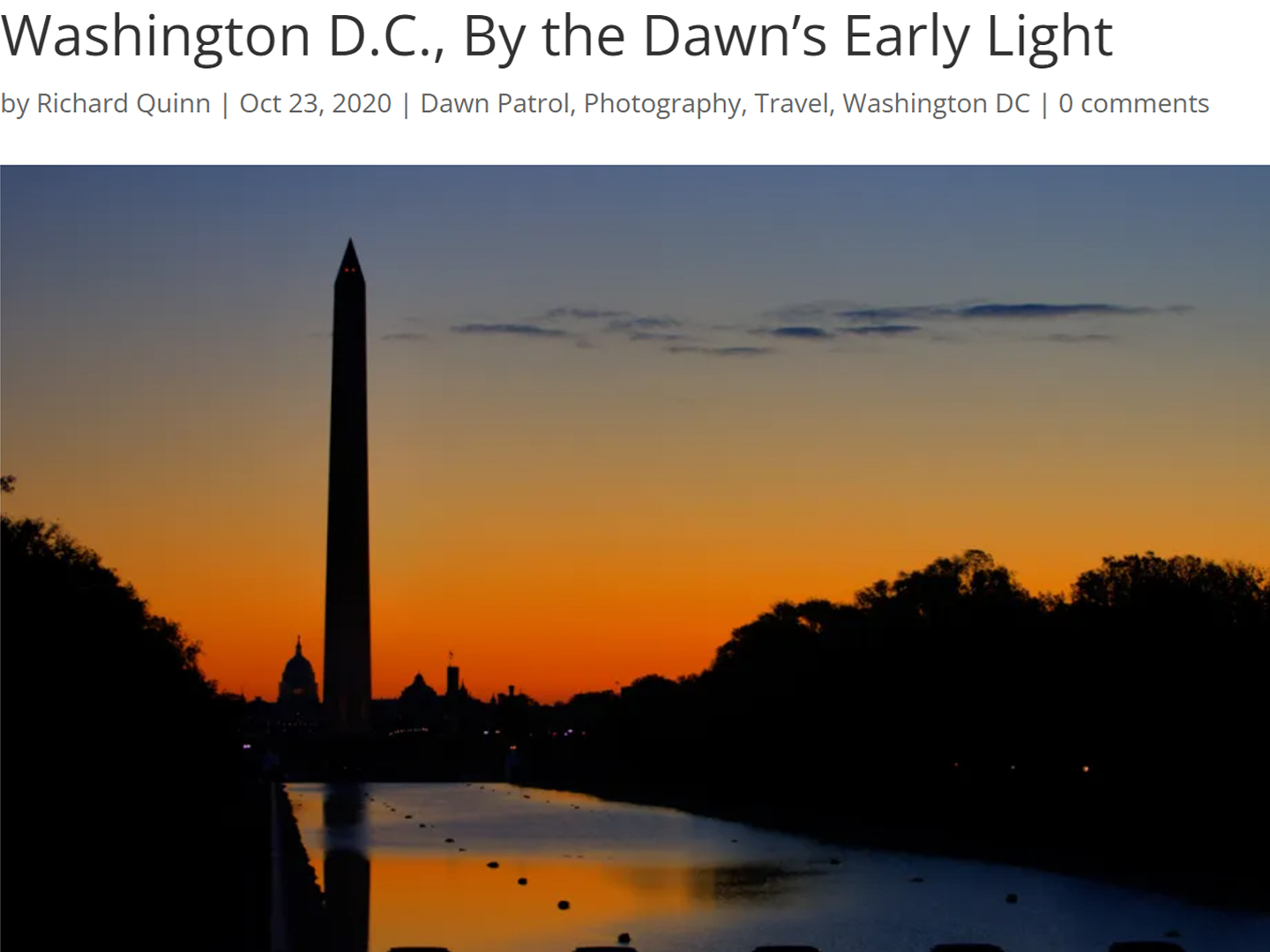
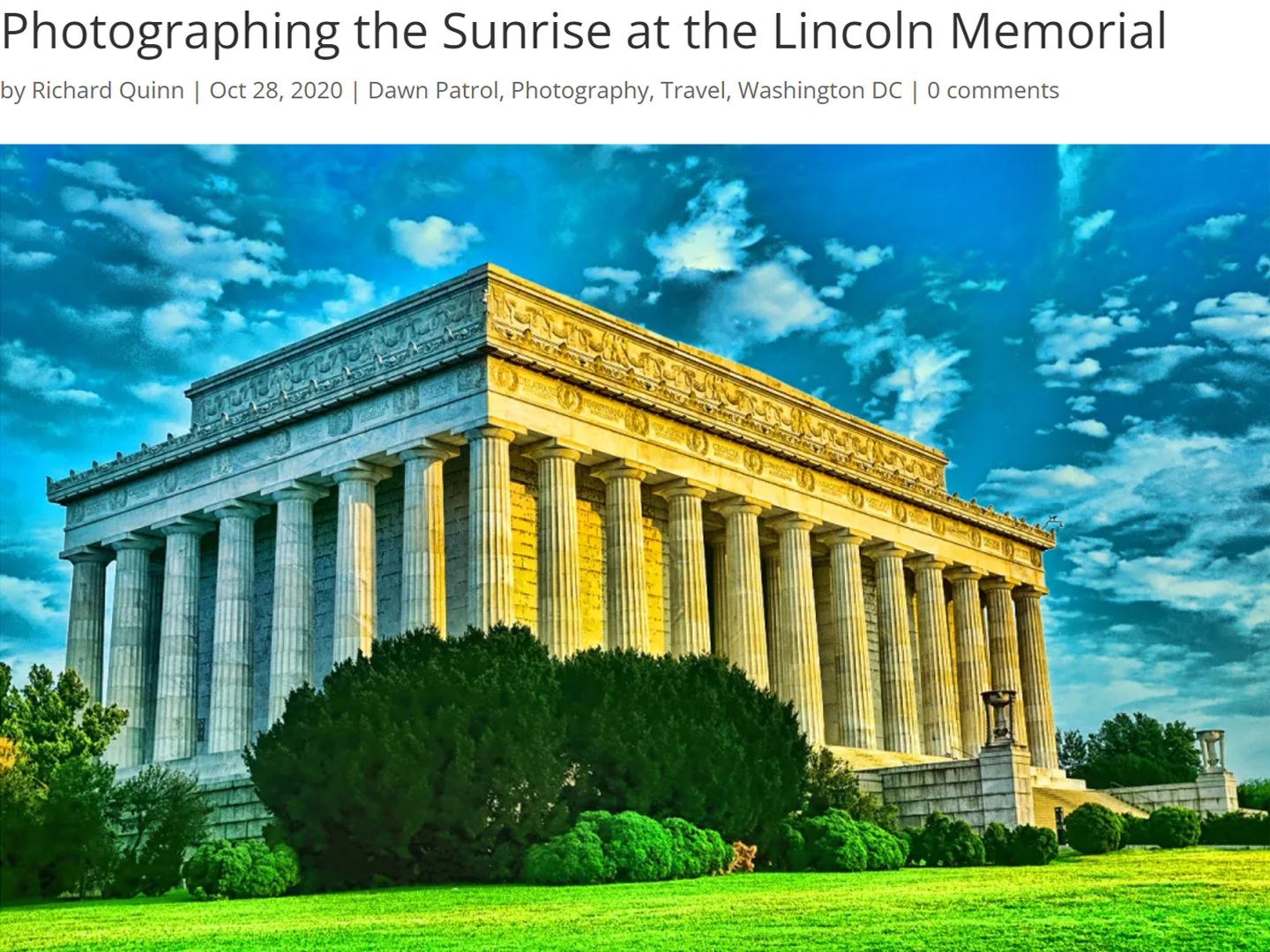
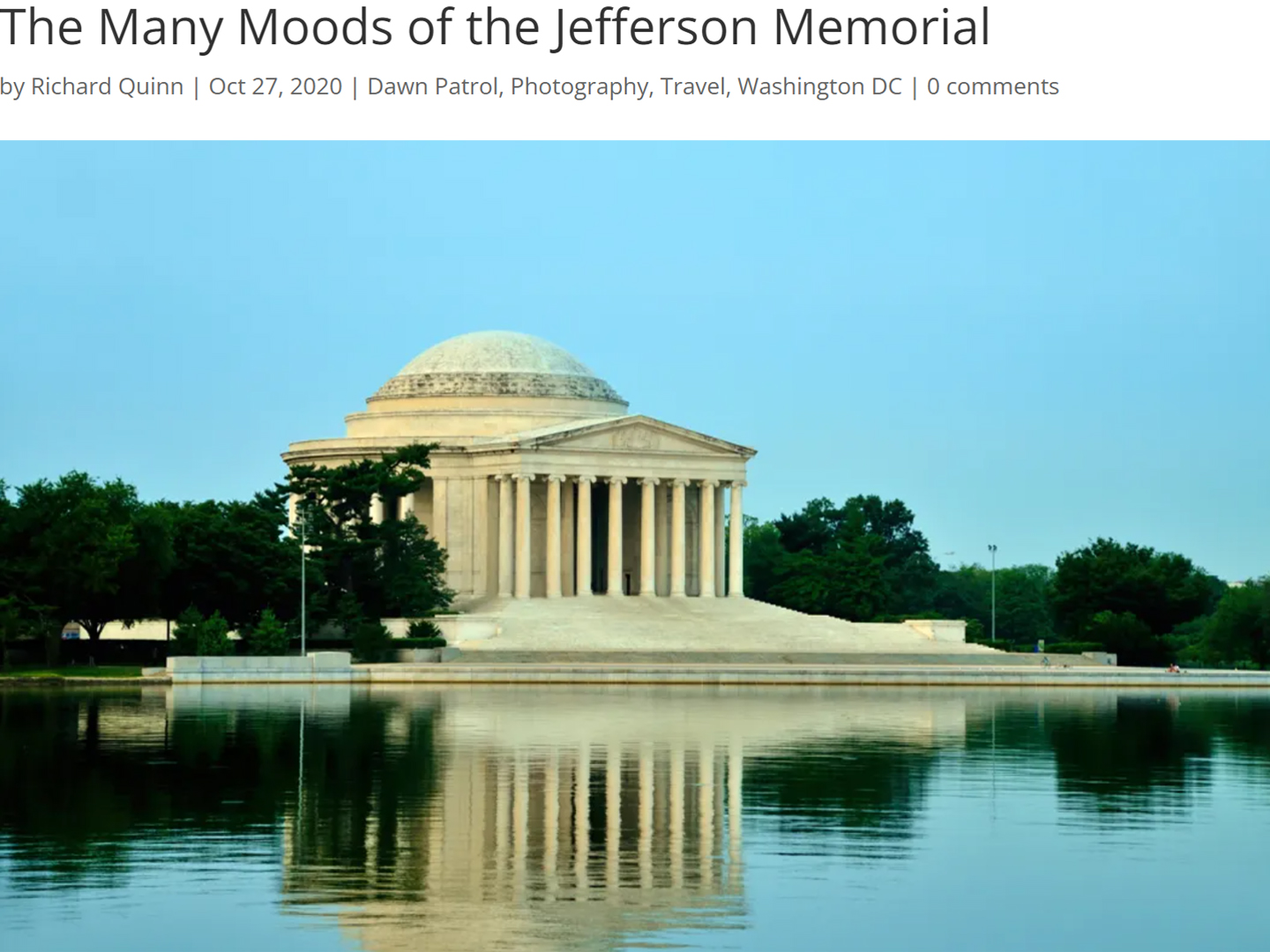
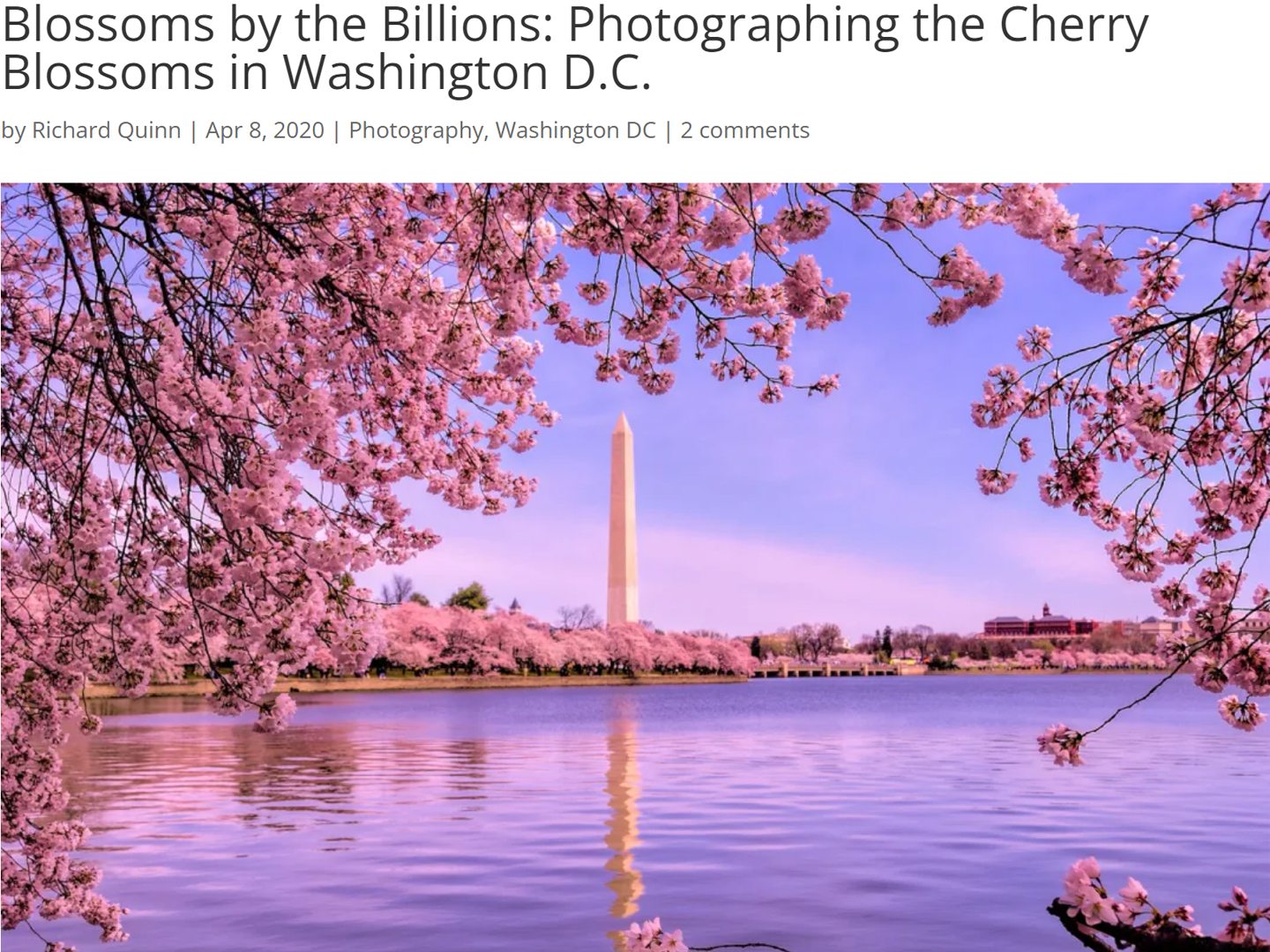


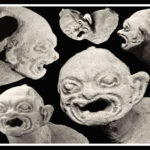
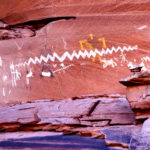
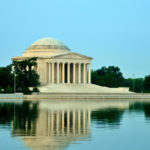
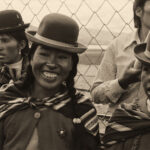
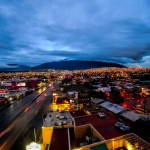
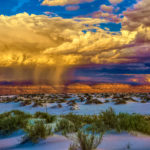
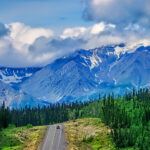
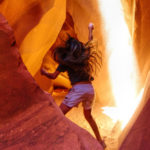
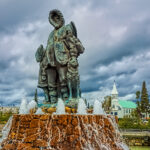
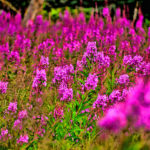
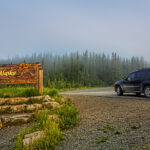
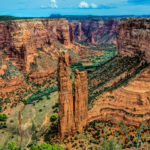
Recent Comments